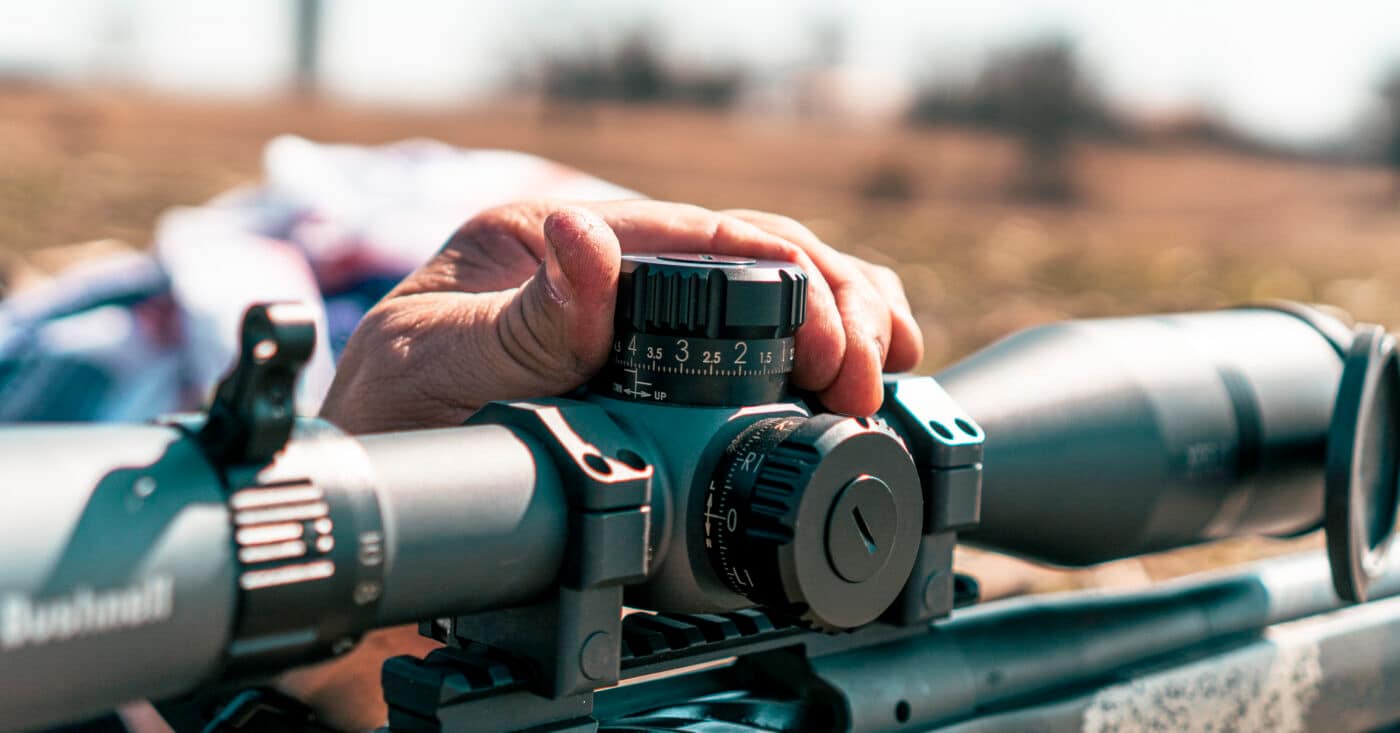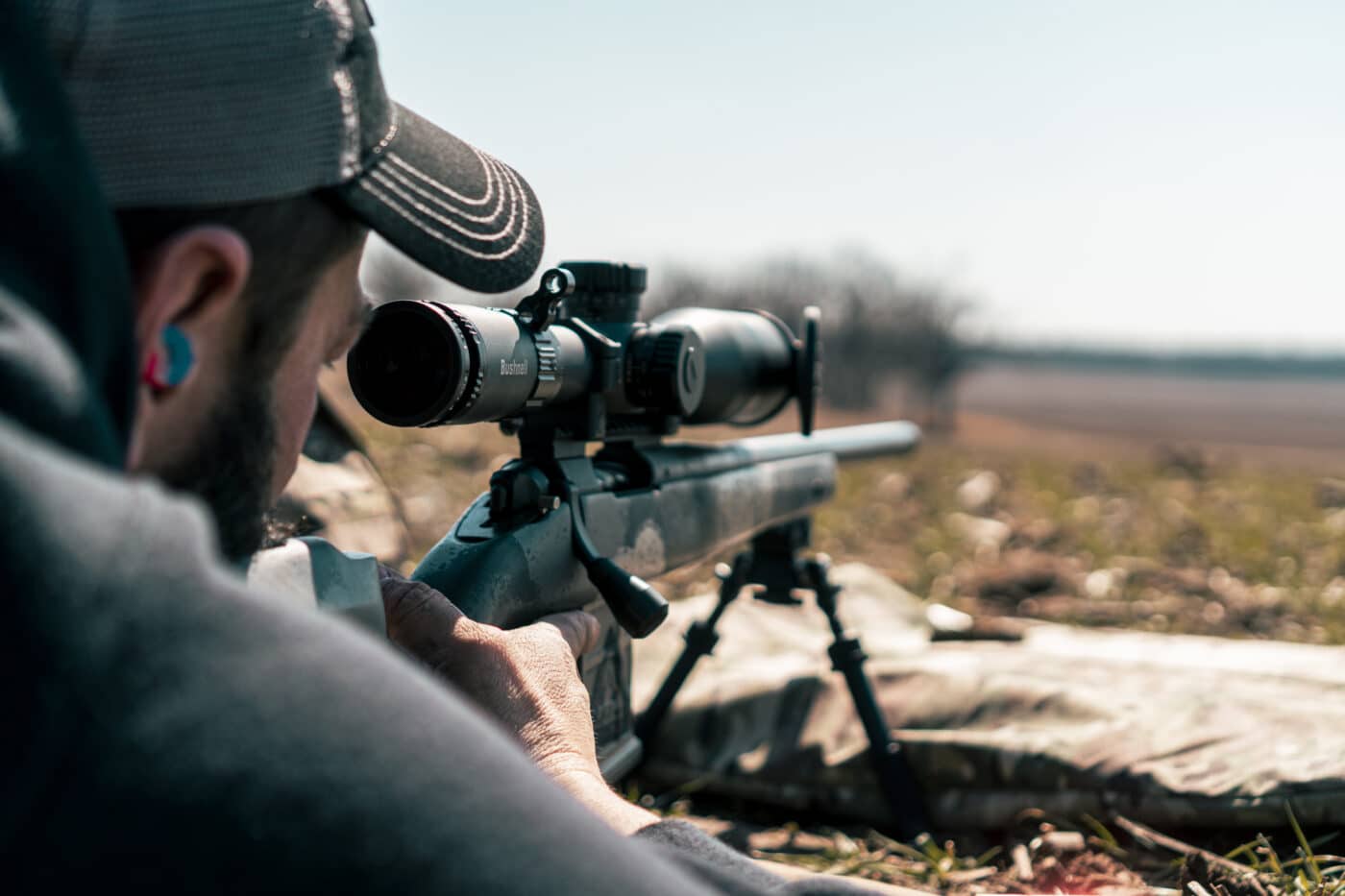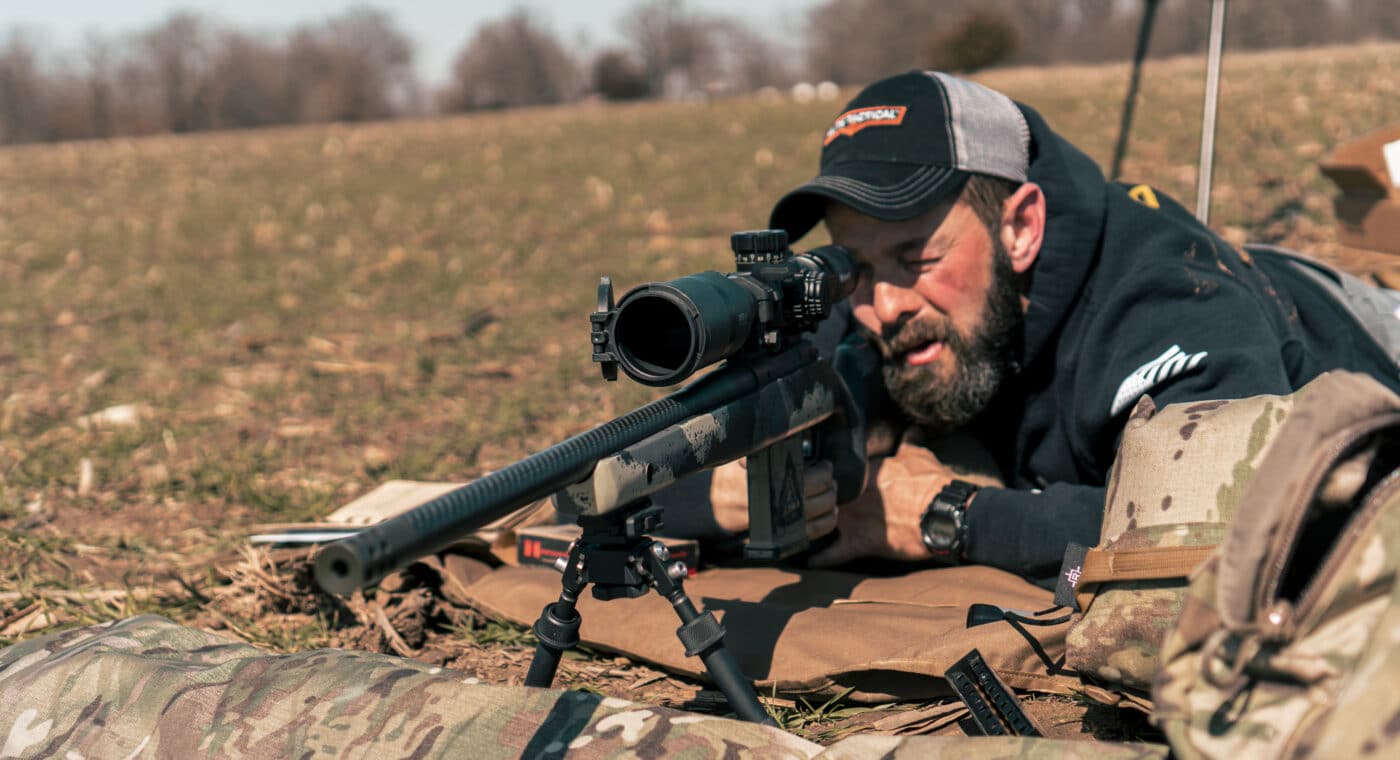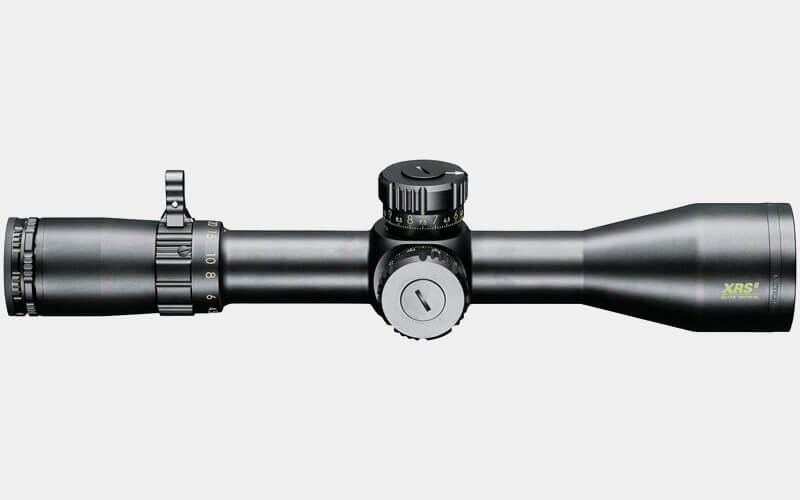When you are shooting long-range targets and are forced to make corrections, you have two options. Well, three actually. One thing is certain, you have to adjust your scope to hit that target. So, how are you going to do it?
Do You Dial?
The first option is dialing the scope. If you have a scope with target knobs, you just have to take your DOPE adjustment and dial your scope to the appropriate MIL solution. Since this measurement is applied inside the scope by the mechanical features, this is an exact process.
If your DOPE calls for 7 MILS of adjustment, you can dial it to 7 — and there is no doubt this is 7 MILS exactly. As long as your turret knobs are marked, you can visibly check with your eyes to confirm that it is indeed sitting at 7 MILS. Then, you can shoot with confidence.
Here is the con to that. Let’s imagine this: a huge trophy whitetail buck steps out just on the edge of the brush. You range it, you get the solution and then you proceed to dial your scope, and verify the setting. Then, as your eye enters back into the scope, you notice the buck has vanished back into the brush, never to be seen again. Or, a sniper is engaging a threat. He looks away, and the target has disappeared or taken a dangerous action. This method can take a little extra time, and when seconds matter it, it can be a problem.
Holding Out When Shooting a Moving Target
Our second method is holding the scope to hit the target. This consists of using your MIL hash marks inside your reticle to hold over the target to get an accurate shot. For this to work, you have to have a reticle option with MIL holds.

This method has some problems because as you’re looking through the scope it can be hard to accurately count how many marks you need to hold for. This isn’t as exact as dialing and looking at the large white numbers on the outside of your target knobs. It also requires you to hold it steady and shoot at that exact hashmark.
Now let’s imagine that hunting scenario again. The deer steps out on the edge of the brush you range it, find the solution, get back in the scope, hold the adjustment on the deer and you shoot before he turns to leave. Since you held it, you saved mere seconds, but it saved your hunt.
The Other Option
The third solution is combining both dialing and holds to be able to be faster and maybe do some things that would not have been possible.

If you have wind that accounts for 4 MILS, you can just hold the wind so you don’t waste time dialing two knobs. Now, let’s think about this. Let’s say your target needs 15 MILS of elevation, but your scope only adjusts for 10 MILS.
You don’t have enough space in your reticle to hold it and you don’t have enough rotations in your turret knobs to get to 15 MILS. The solution here would be to dial all the way to 10 MILS and then hold for 5 MILS. This will put you right at 15 MILS.

If you practice both methods, and you do need to be good at both. You can stretch your ability beyond your knobs and beyond your reticle.
Conclusion
Should you use dialing, or holding? The answer for us is both. It’s not really dialing versus holding. We need to change our way of thinking about dialing and holding. By employing both, we can manage our time better and become even more effective behind the rifle.
Editor’s Note: Please be sure to check out The Armory Life Forum, where you can comment about our daily articles, as well as just talk guns and gear. Click the “Go To Forum Thread” link below to jump in and discuss this article and much more!
Join the Discussion
Featured in this video
Read the full article here










